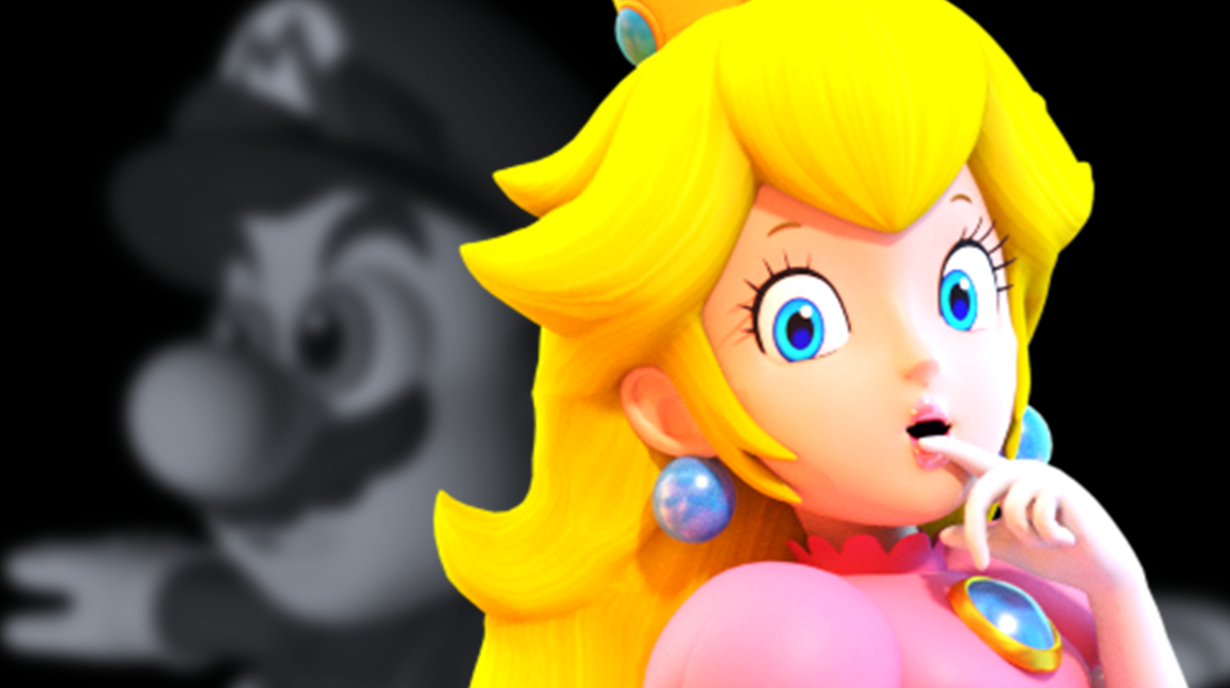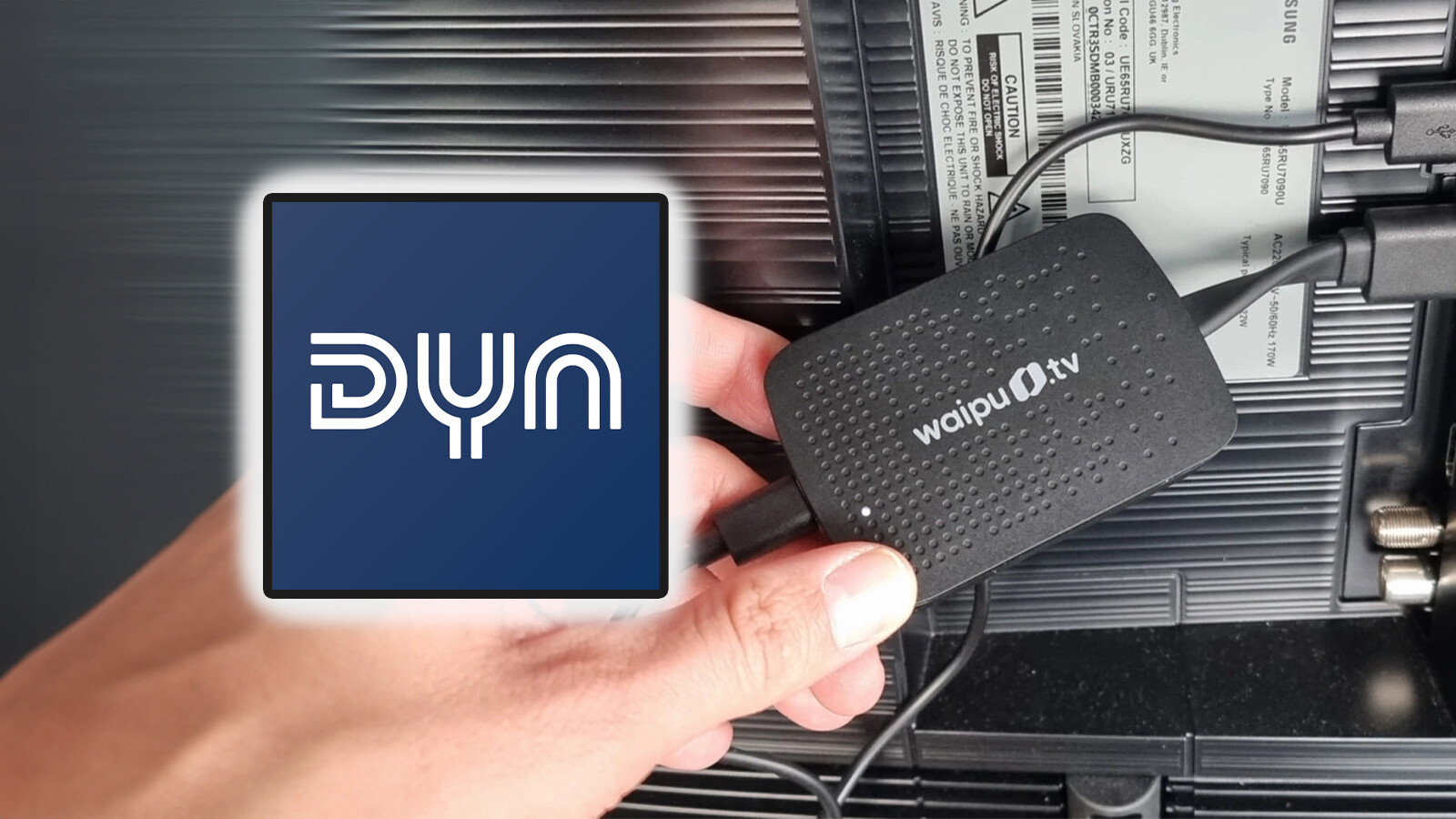Nintendo Life: Looking back, it seems crazy that we first talked about Super Rare’s second anniversary in February 2020. A lot has happened since then! What would you say is the biggest difference between how Super Rare worked before and now?

George Perkins, Super Rare Games: It seems like a lifetime ago that we first spoke! A lot has changed. I think the two biggest things were that, first, our team is much bigger. We were originally a handful of people and an amazing delivery team. There are about 25 of us now, and we still have everyone who was there at the time. As a company we have matured a lot, I was 19 years old when we started, and since then I have grown a lot as a person, which is the same as the rest of the company. We are incredibly on top of what we do, [and] we have many new processes and methods to ensure that communication internally, externally with partners, and with our community is effective, transparent and positive.
The second biggest thing is how strong our brand has become. Back then, the casting process was often very complex. We competed against many competitors who were more established and had longer experience. It’s much easier now, we’ve released over 100 titles physically, working on some of the best indie titles of the last 10 years, as well as amazing games that people may not have heard of before.
Have you noticed the demand for physical Switch games changing over the years? There are over 140 million consoles out in the wild now, but your average circulation is pretty steady at around 3-4000.
With what we do, it was always meant to be niche, we never expected to release a title and sell thousands of copies. Our numbers over the last six and a half years have been pretty consistent. Our goal as a company is always to be managed in a sustainable way, we have strongly adhered to this and continue to do so. The games we work on are often made by one to five people, so relatively speaking, selling this amount of copies is very profitable.
Our goal as a company is always to be managed in a sustainable way
We’ve always been obsessed with branding since we started, and creating a physical edition of a title is a great way for developers to connect with their biggest fans.
You told us that in the beginning your only criteria for publishing was whether you liked the game or not. That changed quickly, but how does the signing process now compare to 2020? Is it easier now that Super Rare is so established?
The honest answer is that, for the most part, it still is! Being in the lucky position I’m in, I was able to sign not only the titles that are important to me (like Short Trip), but also the ones that were closest to me. I dad was a huge fan of World of Goo, so it was very exciting to surprise him with that release, as well as Sally Face, which is my little brother’s favorite game.
This is not always the case, for example I get scared very easily, so I don’t naturally gravitate towards the horror genre. It’s similar with a few other types of games that I don’t play that often.

In 2021, you announced Super Rare Shorts and the backlash led to a quick course correction. Can you talk about your experience with handling feedback during that short period after publication? Did you have internal doubts or expected a reaction?
Super Rare Shorts was a project I was very passionate about. The idea was to support small developers to make sustainable games. Due to the sheer volume of titles released every day, many small teams will never sell a few thousand [copies] games that they have been making for so long. Knowing this firsthand, we wanted to create a sustainable way for developers to release more niche titles and allow them to be profitable from day one. At the time we announced Super Rare Shorts, we sold 5,000 copies of all our titles in the first few weeks, so we knew it would benefit developers greatly.
Problems with that [and] the criticisms we received – they were all logical responses and I fully understand them. Limiting the success of the game was the main one and I understand that. Having a cap on any type of media will always be seen as a negative, but I still support the intent and reasoning behind why Super Rare Shorts was something I was passionate about.
How did that experience influence your approach and direction of Super Rare in the years that followed?
I think it was a good reminder to always consider all parties involved in a release, the developers were always our priority, but thinking about the audience and our fans became clear. While we’ve always prided ourselves on the way we treat our audience, both in terms of the quality of work we produce and the level of transparency we provide, it was an important moment to ensure we were, and continue to be, aligned with our fans.

Super Rare Originals brought you to digital publishing. How did you find that shift to include digital alongside your physical product?
Most people I talk to find it harder to get a hold of the physical market, so it was interesting to enter the digital publishing market after already mastering the physical space. It made for a few hurdles to jump and a lot of learning, but it was a great time and it was incredibly rewarding to be more involved in the projects. Our involvement in the game is much greater than in our physical releases, so it takes a lot more planning to execute. We brought in a lot of new faces who are incredibly experienced in this space, so that meant we weren’t going into it completely blind.
Has the post-pandemic industry turmoil of the past few years affected Super Rare? If so, how?
The short answer is no. Initially we saw a small drop in physical sales, but this year we have seen a resurgence, and this year should be our biggest year yet. The digital market is incredibly challenging right now, but we’re still in a position to actively invest in new titles. We were always focused on a sustainable business model, which meant that we never made risky decisions about what we funded, which meant that we could continue to operate in the same way as before. We’re very fortunate to be one of the leading physical independent publishers, which gives us a lot of stability beyond that.
You’ve also moved on to physical PS5 games since we last spoke. How does the process differ between launching limited editions of Sony and Nintendo games?
Our general rule of thumb is that we consider demand for a PS title to be 25% of that for Nintendo Switch.
The process is basically the same! And the way we work with developers, but also with the platforms themselves. The demand for physical PS titles is certainly lower, but that is to be expected. Nintendo has always been a company built around fan service and a deep connection with their fans, so this translates well to what we’re working on. Our general rule of thumb is that we consider demand for a PS title to be 25% of that for Nintendo Switch, but of course this depends on the game.
What do you think about the Switch eShop from a publisher’s perspective? Is there anything you’d like to implement that you believe would improve the visibility of your games in the store?
The Switch has always been an incredibly receptive place for indie titles, so it’s definitely an amazing place to share our games. That said, it can often be an awkward place for new players to come across new titles. There are charts and sections with views, but they usually only benefit huge titles or a few others. I would have liked a few new features to increase visibility, but I’m sure Nintendo is aware of this and will continue to make changes to the eShop to benefit smaller developers.
Looking back at the history of Super Rare, is there anything you wanted to do but couldn’t do, for whatever reason?
There are always physical titles that I would love to have the opportunity to work on! GRIS, Celeste, Undertale, and Death’s Door come to mind when I think of games I’d like to be a part of.
On the digital front, we don’t work with crazy big budgets, so there were a few titles that we didn’t have the funds available for.
Is there a Super Rare release that you look back on with particular pride?
Our involvement in the game is much greater than in our physical releases, so it takes a lot more planning to execute.
There are a few, but it seems like you’re picking a favorite child! Obviously A Short Hike, the package we created for it is the best thing we’ve ever produced! It’s also a game that changed the way developers thought about their own projects, so we’ll look back on it as an incredibly pivotal release for a large number of developers. The other game that comes to mind is Abzu, it’s a masterpiece and took a long time to get signed, so getting to work on it was amazing.
On the digital side, it would be Little Terry’s Turbo Journey. When I first met Lars [snekflat], the developer of the game, I immediately knew I had to work with him. When I was running it internally, I must have played videos of the playgrounds a dozen times a day to the entire team. I said I would resign immediately if we didn’t sign it. Luckily, everyone liked it as much as I did and we started working on an amazing game.

Looking ahead, do you expect continued physical releases for the “Switch successor” in the coming years?
That! We’re really excited for whatever Nintendo decides to do next. I’m always very excited about a new system to release. It brings a lot of new opportunities and a clean slate to start a new collection of titles. We imagine it will be a really positive moment for us and our fans.
Finally, last time we asked you if there was a dream game you’d like to physically release on Switch (you said Advance Wars). Are you eyeing any white whales at the moment?
It is difficult to answer that question, there are so many. Titles that come to mind are The Last Campfire, The Case of the Golden Idol, and Another Crab Treasure. I have to point out that these are all titles that we didn’t sign and are just some of my favorite indie games of the last few years.
Big thanks to George for taking the time to answer our questions (with a quick turnaround!), and Chris from Dead Good for editing everything. You can learn more about Super Rare’s impressive collection and upcoming releases on its website.








